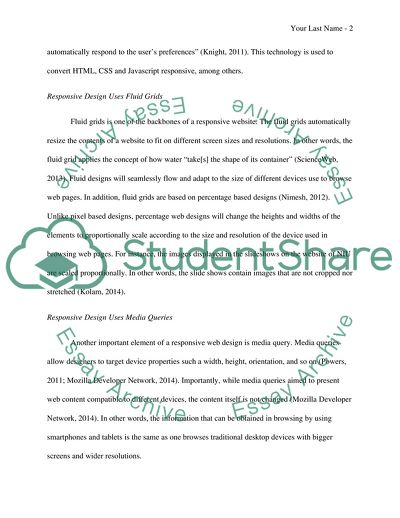Cite this document
(Responsive design of web-sites, which improves user experience Literature review Example | Topics and Well Written Essays - 2000 words, n.d.)
Responsive design of web-sites, which improves user experience Literature review Example | Topics and Well Written Essays - 2000 words. https://studentshare.org/information-technology/1852973-responsive-design-improves-user-experience
Responsive design of web-sites, which improves user experience Literature review Example | Topics and Well Written Essays - 2000 words. https://studentshare.org/information-technology/1852973-responsive-design-improves-user-experience
(Responsive Design of Web-Sites, Which Improves User Experience Literature Review Example | Topics and Well Written Essays - 2000 Words)
Responsive Design of Web-Sites, Which Improves User Experience Literature Review Example | Topics and Well Written Essays - 2000 Words. https://studentshare.org/information-technology/1852973-responsive-design-improves-user-experience.
Responsive Design of Web-Sites, Which Improves User Experience Literature Review Example | Topics and Well Written Essays - 2000 Words. https://studentshare.org/information-technology/1852973-responsive-design-improves-user-experience.
“Responsive Design of Web-Sites, Which Improves User Experience Literature Review Example | Topics and Well Written Essays - 2000 Words”. https://studentshare.org/information-technology/1852973-responsive-design-improves-user-experience.


